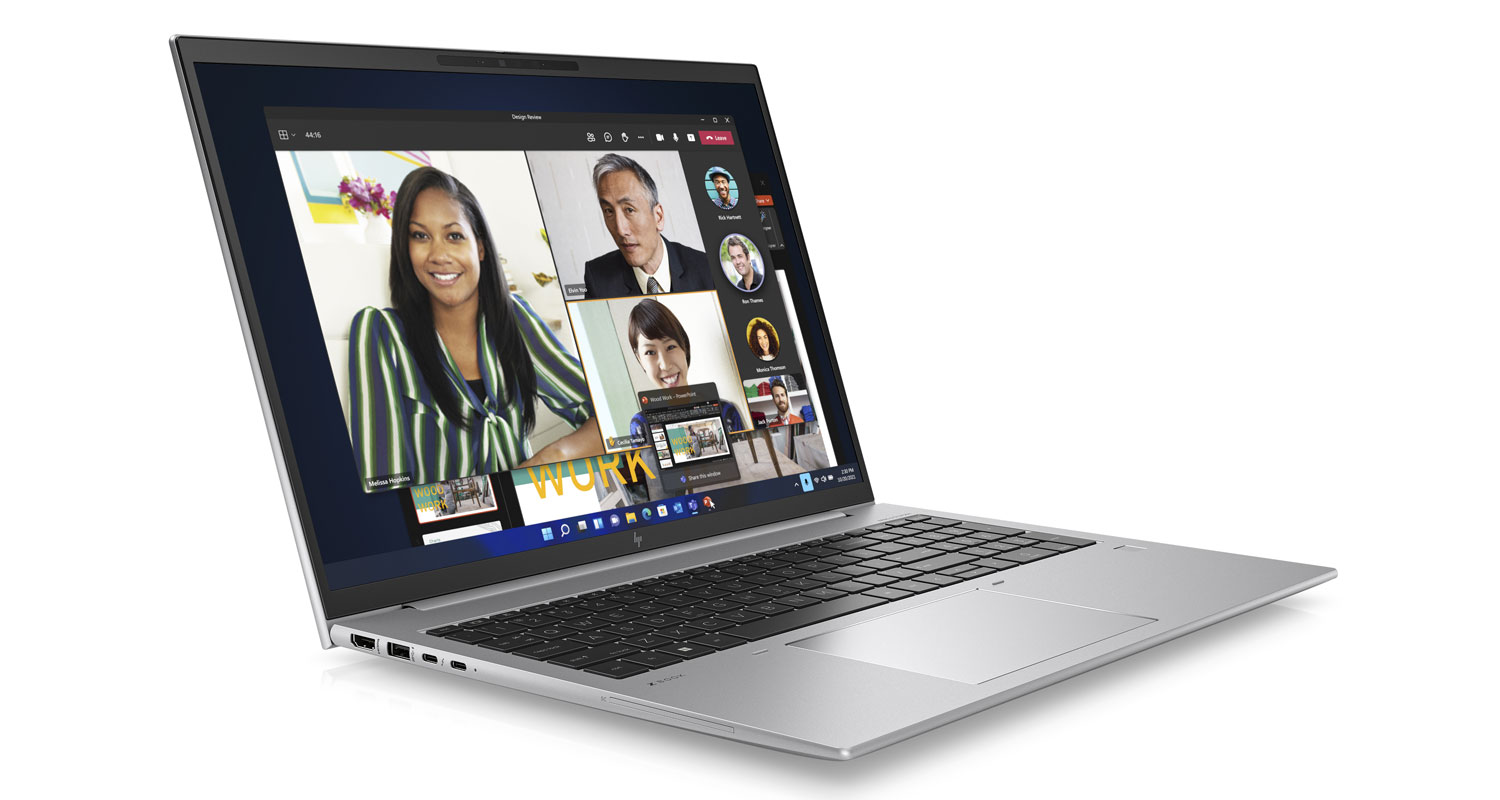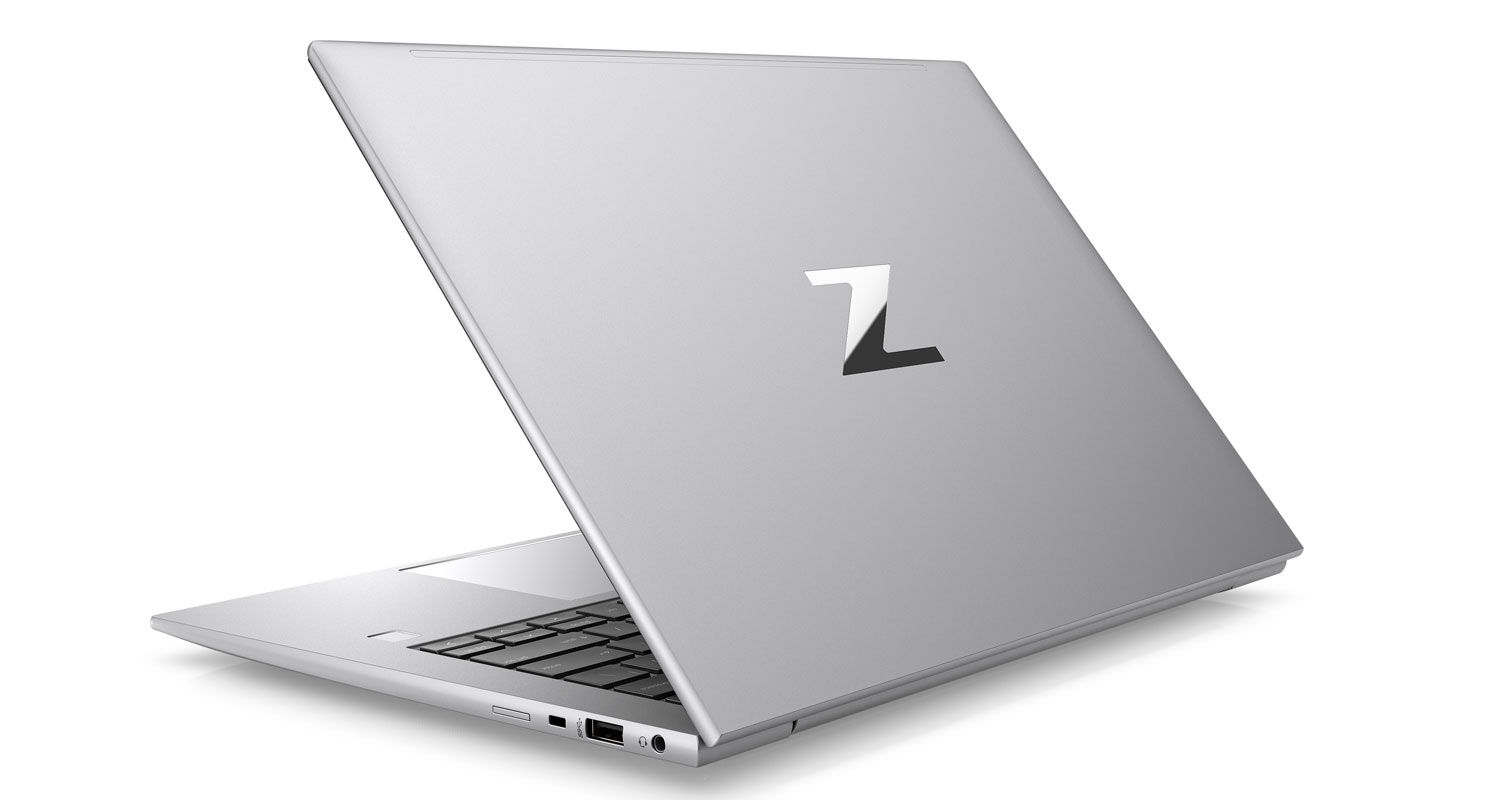 Any organisation that hopes to lead the data race is finding centralising everything within enormous cloud data centres somewhat limiting. In addition, the birth of 5G networks and a skyrocketing number of connected devices brought about by the industrial internet of things (IIoT), is set to produce unimaginable quantities of real-time data. And all this data will need to be analysed as quickly as possible, to help businesses make timely and informed decisions.
Any organisation that hopes to lead the data race is finding centralising everything within enormous cloud data centres somewhat limiting. In addition, the birth of 5G networks and a skyrocketing number of connected devices brought about by the industrial internet of things (IIoT), is set to produce unimaginable quantities of real-time data. And all this data will need to be analysed as quickly as possible, to help businesses make timely and informed decisions.
Moreover, in a world where the pace of change in technology is extreme, and powerful new analytics models are available, speed is as mission-crucial now as accuracy always has been. Unfortunately, the cloud cannot hope to meet all these needs, which means forward-thinking companies are moving away from the cloud, towards the edge.
To learn more about HP Z Workstations, visit Datacentrix
But what is edge computing? In a nutshell, it can be described as a distributed computing architecture that shifts computation and data storage closer to the data source, rather than on a centralised server or in the cloud. In this way, response times are greatly enhanced, and bandwidth usage lowered.
Now, if we look at the potential of analytics at the edge, the speed of data processing becomes even more critical. Applications including real-time data analytics, virtual and augmented reality, IIoT, streaming and more, are all very data heavy, but need to be delivered with extremely low latency, which means waiting for a request to the cloud is simply not a workable option. This isn’t the case when it comes to the edge.
The common maxim today is that to keep up with the speed at which we are accumulating data, a move to the edge is key, particularly when it comes to analytics and data science. Being able to conduct intelligence or even knowledge discovery at the point where data is collected is becoming crucial in a slew of applications these days. With the pace of change in today’s digital world, no one has the luxury of bringing data back to the business’s servers and taking months on end to analyse it.
Performance, reliability
But not all workstations are equipped to handle this speed, and with such a wide range of workstations to choose from, finding the best one to fit your needs can be like navigating a minefield. Product specs are continually changing, and devices vary significantly by CPU speed, graphics capability, size, drive storage and RAM, among other features.
A traditional workstation may not be perfect for all data science and analytics tasks, so users need to consider the specifications carefully if they hope to choose the right machine for their needs. If they are looking to buy a workstation for data science and machine learning tasks, there are several features that are non-negotiable.
In fact, anyone involved in data science or analytics at the edge has very distinct computing needs. For one thing, those who are adopting the edge will find high-performing CPUs to be vital, and HP’s Z Workstations offer both the performance and reliability to handle these mission-critical workloads.
HP Z Workstations were designed with extreme performance, reliability and ease of servicing in mind — all characteristics that help the user avoid downtime and help businesses keep their employees productive on both desktop and mobile systems.
With HP Z Workstations users have a choice of single- or dual-core processor designs, small and regular form factors, ECC memory options, and support for up to eight monitors. Moreover, users can deploy HP Z Workstations with the peace of mind that comes from understanding that HP maintains dedicated workstation design and engineering teams to solve any issues before they arise.
 Specifically, the HP Book Studio comes with data science software. Data science pros have always longed to have both portability and lots of data-crunching power in one, single, portable package. The purpose-built HP ZBook Studio laptop is ideal for data analysis and takes away any compromise between features and security, with the increased security of a non-cloud-based PC in conjunction with a pre-loaded suite of the best data science software on the market.
Specifically, the HP Book Studio comes with data science software. Data science pros have always longed to have both portability and lots of data-crunching power in one, single, portable package. The purpose-built HP ZBook Studio laptop is ideal for data analysis and takes away any compromise between features and security, with the increased security of a non-cloud-based PC in conjunction with a pre-loaded suite of the best data science software on the market.
After all, no one feels the need to waste hours of time fiddling with configuration files in open-source data science apps. HP listened to its customers, heard the call for convenience and came up with this mobile workstation that is the ideal solution.
The HP ZBook Studio is incredibly small, built for military toughness, and full to the brim with additional tools such as TensorFlow, Keras, PyTorch and many, many more. In addition, its powerful 8-core Intel Xeon processors, huge RAM, superior thermals and Wi-Fi 6 connectivity make it a data-crunching behemoth. Throw in stunning Nvidia Quadro graphics, extremely long battery life and plenty of cutting-edge ports, and this machine is a dream come true for those who need data science on the fly.
The HP ZBook Studio is also the world’s smallest laptop for data science and creators, as well as the world’s most powerful workstation of its size, thanks to an incredibly light starting weight of just 1.74kg and dimensions of a mere 13.93 x 9.24 x 0.70 inches.
To learn more about HP Z Workstations, visit Datacentrix.
- This promoted content was paid for by the party concerned




